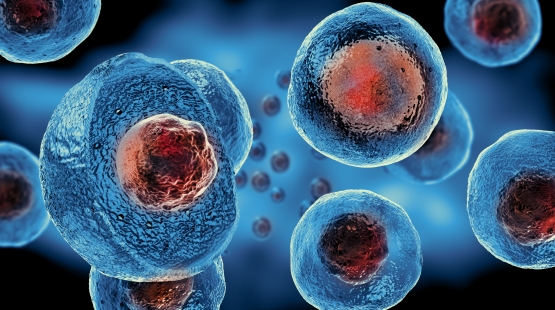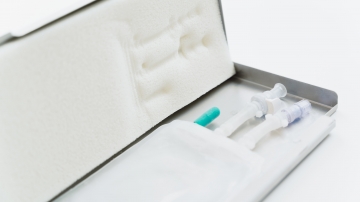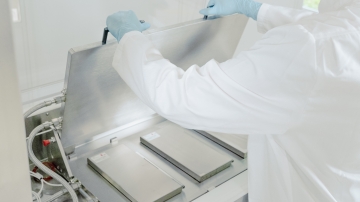Study: Optimizing Cell Viability During CHO Cell Freezing
Table of contents
ShowImproving Cryogenic Freezing of a Mammalian Cell Line
A study was conducted aiming to optimize the cryogenic freezing process of CHO-K1 cell line using an innovative controlled rate liquid nitrogen freezer (RoSS.LN2F). The mammalian cells were filled into 250mL single-use bags and protected by RoSS.KSET.
The study included three different freeze runs at different cooling rates in the controlled rate RoSS.LN2F, as well as an additional uncontrolled freeze run in a static freezer for comparison purposes.
To comprehensively assess the impact of varying freezing rates on post-thaw cell recovery, the study incorporated three viability assays: Trypan blue, LIVE/DEAD and Fluorescence.
Study Results: Optimal Freezing Protocol for Cell-based Therapies
Intra-experimental variations between the different freezing runs were minor. The study suggests that a freezing rate of −1°C/min is optimal for mammalian cell lines.
However, the study also emphasized on cell survival rate for other freezing rates, as the optimal cooling rate is not limited to -1°C/min. The results show that the range of optimal cooling rates can be expanded to a certain level.
The study also highlights the importance of controlling the freezing process. What are the consequences of freezing in an uncontrolled environment, such as a static freezer, compared to a recipe-driven, standardized, and scalable controlled freezing protocol?
Please download the Study Summary for further information.














